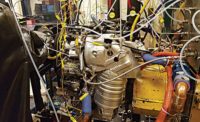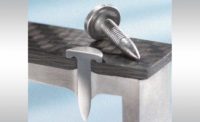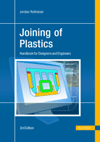LOS ANGELES—Engineers at the University of California, Los Angeles (UCLA) have developed a way to weld an aluminum alloy that was difficult to join in the past. Super-strong but lightweight, AA 7075 may now be more widely used in automobiles and other products.
The material originally developed in the 1940s has long held promise for use in manufacturing, except for one key obstacle. Although it’s nearly as strong as steel and just one-third the weight, it is almost impossible to weld. That’s because when the alloy is heated during welding, its molecular structure creates an uneven flow of its constituent elements—aluminum, zinc, magnesium and copper—which results in cracks along the weld.
To solve the problem, UCLA engineers infused titanium carbide nanoparticles into AA 7075 welding wire to produce welded joints with a tensile strength up to 392 megapascals. They claim that post-welding heat treatments could further increase the strength of joints up to 551 megapascals, which is comparable to steel.
“Because it’s strong but light, AA 7075 can help increase a vehicle’s fuel and battery efficiency, so it’s already often used to form airplane fuselages and wings, where the material is generally joined by bolts or rivets rather than welding,” says Xiaochun Li, a professor of manufacturing at UCLA and the study’s principal investigator.
“The alloy has also been used for products that don’t require joining, such as smartphone frames and rock-climbing carabiners,” explains Li. “But, the alloy’s resistance to welding, specifically the type of welding used in auto manufacturing, has prevented it from being widely adopted.
“[Our] new technique could enable widespread use of this high-strength aluminum alloy in mass-produced products like cars or bicycles,” claims Li. “[Manufacturers] could use the same processes and equipment they already have to incorporate this super-strong aluminum alloy into their [production] processes. And, their products could be lighter and more energy efficient, while still retaining their strength.”
Li and his colleagues are already working with a bicycle manufacturer on prototype frames that would use the alloy.






